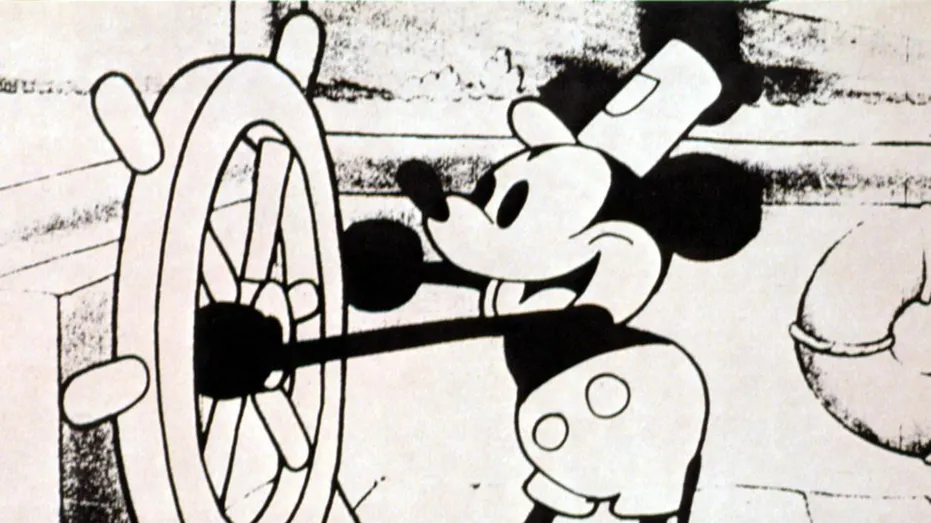Making the Fantasy of Holograms a Reality
February 27, 2018
Holograms can no longer be something that can only be associated with the future. Scientists at Brigham Young University have found a way to create 3D images and make them float in the air. Nicknamed The ‘Princess Leia” Project, Daniel Smalley and his team of researchers have been able to project numerous images from butterflies to people.
To create these illusions, they have been using a machine they call an Optical Trap Display. The device traps tiny particles midair with a laser beam and moves the beam to create free space. During the movement, the particles is collide with red, blue, and green lights. When the particles move fast enough, a 3D image is created.
What makes their project vastly different from others is that they are using volumetric images to project, while other technologies use 2D images. However, there are limitations, such as the size of the image. So far, they have only been able to create smaller images, smaller than your own fingernail. Min Gu, the Associate Deputy Vice-Chancellor for Research Innovation and Entrepreneurship in Australia, has not been involved on the project, but has commented on the size limitation. Gu believes that the control of multiple particles simultaneously over a bigger space and creating a well-defined image will be a challenge. Min Gu still believes that the technology is impressive and “not impossible” to perfect.
Smalley and his team are already working on manipulating more than one particle at a time, and they are already thinking about the idea of what their technology can bring to the world, such as telepresence. It is exciting to think about the possibilities these holograms can provide along with the notion that the future is already here, right now.












